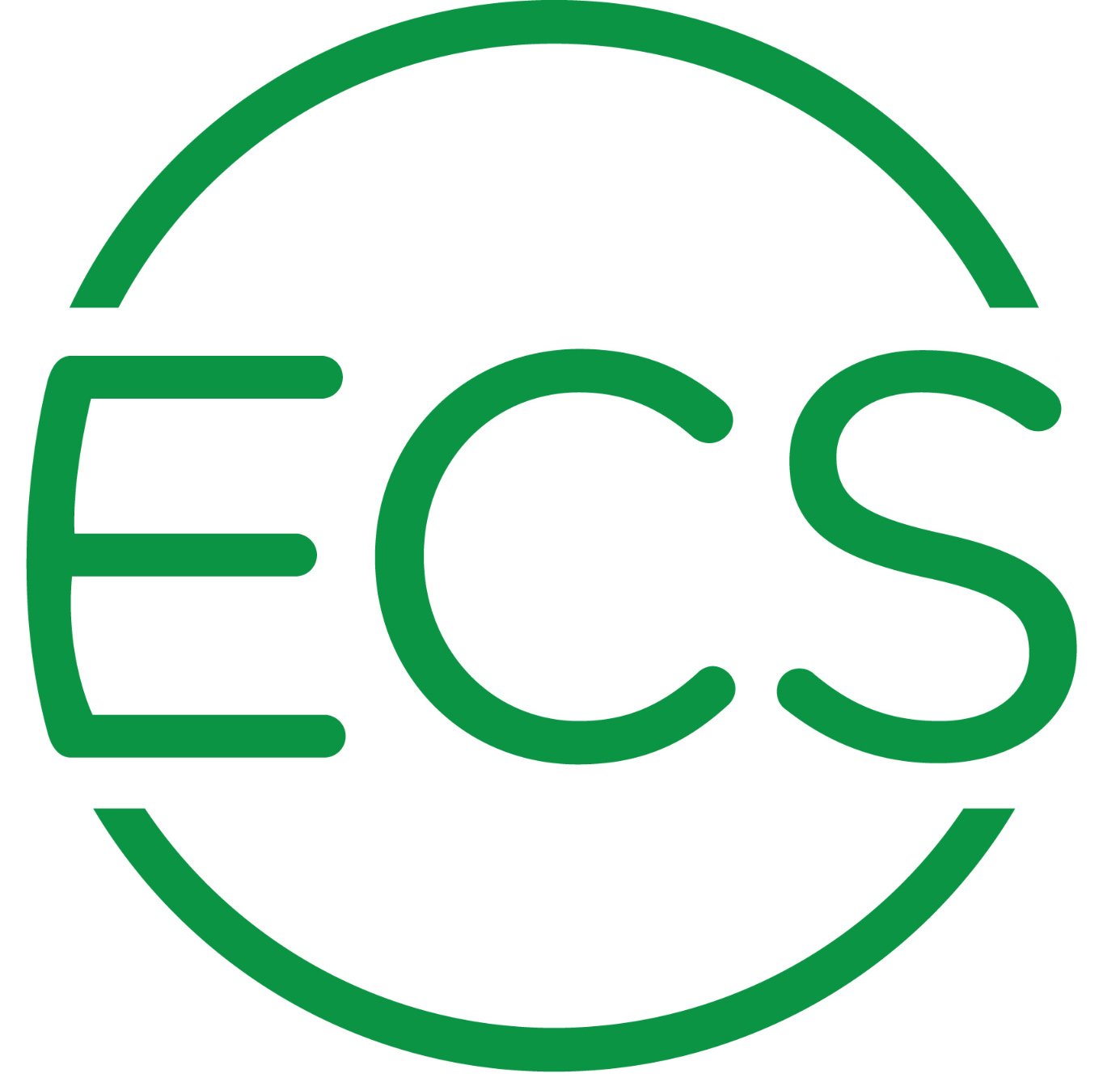When considering an inspection for your fire sprinkler pipe system, there are a few different options out there. In this blog, we'll go through ultrasonic inspection, what it is, how effective it is, and how it compares to video scoping.
What is Ultrasonic Testing?
Ultrasonic testing has been used for decades, allowing for non-destructive testing of materials to identify flaws and wall loss. There are two primary types of ultrasonic testing utilized in the fire sprinkler industry: Pulse Echo and Guided Wave. The pulse echo method of testing utilizes a sound wave transmitted through the pipe wall. Measuring the time taken for the signal to bounce off the opposite wall of the pipe and return to the transducer allows for calculation of the wall thickness. Guided wave transmits a sound wave around the circumference of the pipe. The return signal is compared to a reference signal for pristine pipe. Any degradation in the signal may indicate reduction in wall loss or adherent deposits on the interior of the pipe.
How Effective is Ultrasonic Testing on Fire Sprinkler Piping?
The pulse echo and guided wave tests compare results to that of a pristine piece of pipe. Both types of testing methods have their own set of limitations in the accuracy of obtaining the pipe wall thickness and detecting defects. Pulse echo’s limitations include a 12.5% inherent error and the ability to miss localized corrosion. Missing localized corrosion that was not captured would result in misinformation being provided to the building owner and end up providing a false sense of security.
Guided wave limitations include not being able to quantify the amount of internal deposits caused by corrosion, likely still requires internal inspection after testing has been performed, and is highly dependent on subjective interpretation of the equipment operator. If the wrong reference material is used, the error inherent to these measurements can be compounded. While companies that perform ultrasonic testing on fire sprinkler systems can find defects in fire sprinkler piping, and in turn provide documentation on what could be occurring, they are unable to determine the root cause of piping defects.
Without visually inspecting the inside of the pipe and obtaining a small pipe sample to further analyze, limited information can be gathered to provide a cause on why there is a defect. The efficacy of ultrasonic testing on fire sprinkler systems can vary greatly and therefore end up providing incomplete or invalid results to the customer. This can ultimately lead to improper remediation actions.
What is an ECS Assessment?
An ECS Consulting Group engineer performing an assessment involves an internal inspection of
the fire sprinkler system where the systems are temporarily taken out of service (drained or
depressurized), thousands of feet of pipe are inspected, and areas where internal corrosion has
occurred are identified. After visual inspection, a pipe sample is taken from the most severely corroded location in the system to be analyzed further. Pipe sample analysis examines the corrosive debris, type of pitting, and the depth of pits in the pipe.
Using the experience and expertise of more than 15 years in the fire sprinkler industry, ECS Consulting Group can provide information on the cause of pipe defects and develop project specific remediation plans. The data gathered during the assessment allows the building owner to make informed decisions on what corrective action should be taken, including surgical replacement of the most damaged piping and implementation of a corrosion control strategy.
Choose Assessments over Ultrasonic Testing
After performing an ECS assessment, a client will receive concrete data and visual evidence of
what is happening inside of their fire sprinkler system and where. They will also receive solutions to prevent corrosion related issues from occurring in the future and thus reduce costs needed to perform maintenance on the fire sprinkler system. In summary, while ultrasonic testing may be able to identify issues associated with internal corrosion of fire sprinkler systems, the data produced by this testing methodology lacks the depth of information needed to accurately quantify all associated risks, and in the worst-case scenario may provide a building owner with a false sense of security.
Choosing an assessment from the ECS Consulting Group is the simplest and most effective path to relieving the headaches caused by corrosion-related issues from fire sprinkler systems. Contact us today for a quote on a corrosion assessment.



